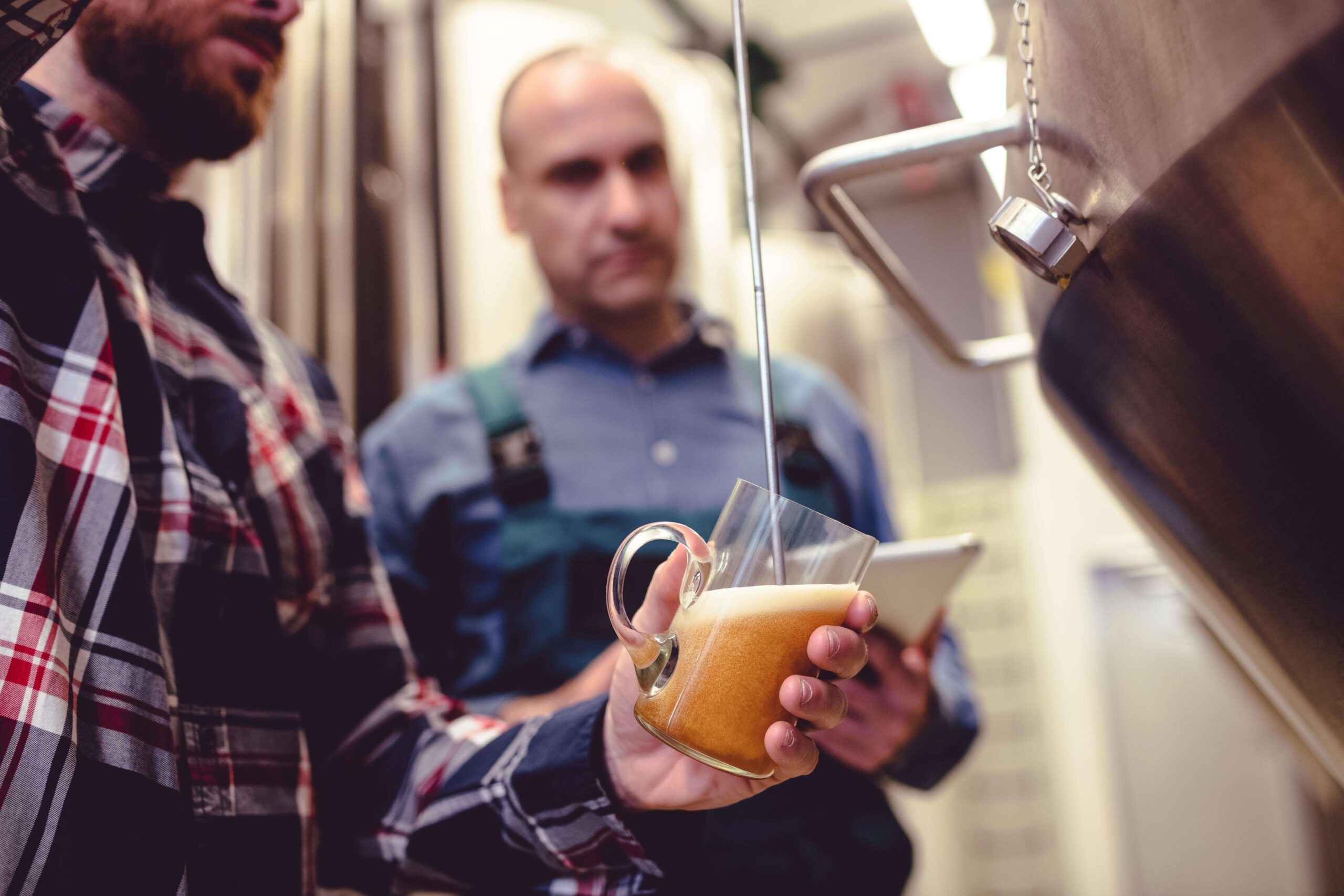When you start brewing, a lot of new things are heading your way. It might seem overwhelming, but I’ve listed some basic rules for homebrewers to make things a little easier for you.
You begin with a starter kit to brew your own beer—grains, hops, and a sachet with yeast. Fortunately, there’s a manual to guide you through the process. However, it introduces a lot of new jargon.
The manual takes you step by step through the brewing process, from mashing and sparging to cooking the wort. Afterward, you’ll cool the wort and pitch the yeast. Despite these steps, you won’t have beer right away.
Now, what are the things to look out for, and are there basic brewing rules that keep coming back? Yes, indeed.
1. Work clean
A brewing day will take some time. Depending on the recipe and your rhythm, you will quickly spend about 5 to 6 hours brewing, resulting in a wort that still needs fermentation.
It would be a shame to go through all that effort only to end up with an infected beer during fermentation. Therefore, work cleanly and accurately. Yeast is a living organism, as are bacteria. While you add the yeast yourself, bacteria and other infections can invite themselves if you’re not paying attention.
Disinfect everything when the boiling step is don. This means spoons, yeast sachets, scissors used to cut open bags, and more. By working accurately and cleanly, you keep the door closed to unwanted guests.
Also clean everything well after fermentation. This means the fermentation bucket, but also the bottles in which you fill with the beer. It is better to clean one time too much than too little.
In fact, cleaning is the most important basic rule in the brewing process. Some even say: brewing is cleaning.
ADvertisement
2. Be patient
The mashing of the wort and the cooking can all be overseen in time. You are busy, and you don’t have to be bored. But once the yeast is added, your patience will be tested.
If fermentation does not start immediately, resist the urge to stir. Be patient. All yeast strains are different, and some might have a slow start. Sometimes it can take up to two days for the yeast to become active.
Do not immediately open the bucket and start stirring in the hope that it will begin. Give the yeast some time. Also, wait for the entire fermentation to complete and avoid bottling too early. This prevents exploding bottles due to incomplete fermentation.
Even after bottling, accept that the beer has to ‘mature.’ By adding sugar, refermentation occurs, and until it’s ready, the beer will be sweet and have little or no carbon dioxide.
Patience is not just precious; it’s a virtue.
3. Start small, but think big
This is not really a basic rule but more of well-meant advice. By starting small, you get to know the brewing process better. Mistakes can be noticed faster and are easier to handle. That’s why I include this advice as a basic rule.
Many novice brewers want to quickly brew their own lager. Let that be one of the beer styles that is very complex to brew. Start with a top-fermented beer that doesn’t require too many different ingredients.
For example, start with a SMaSH recipe. This way, you get to know the malt and hops used well. It’s certainly a good next step if you want to brew full malt without using a starter kit.
By starting simple, you get to know the ingredients well and keep the overview a bit easier. If you begin with simple recipes, you can take an extra step with each subsequent brewing session.
It might sound nice to start immediately with 50 liters of beer, but I wouldn’t recommend that right away. Begin with small batches and not too complex beers. From there, you can expand by developing and refining a recipe.
Moreover, and this is my biggest advice: brew what you like yourself. Share the beer with others, ask for ‘honest’ advice, and incorporate the feedback you receive.”

